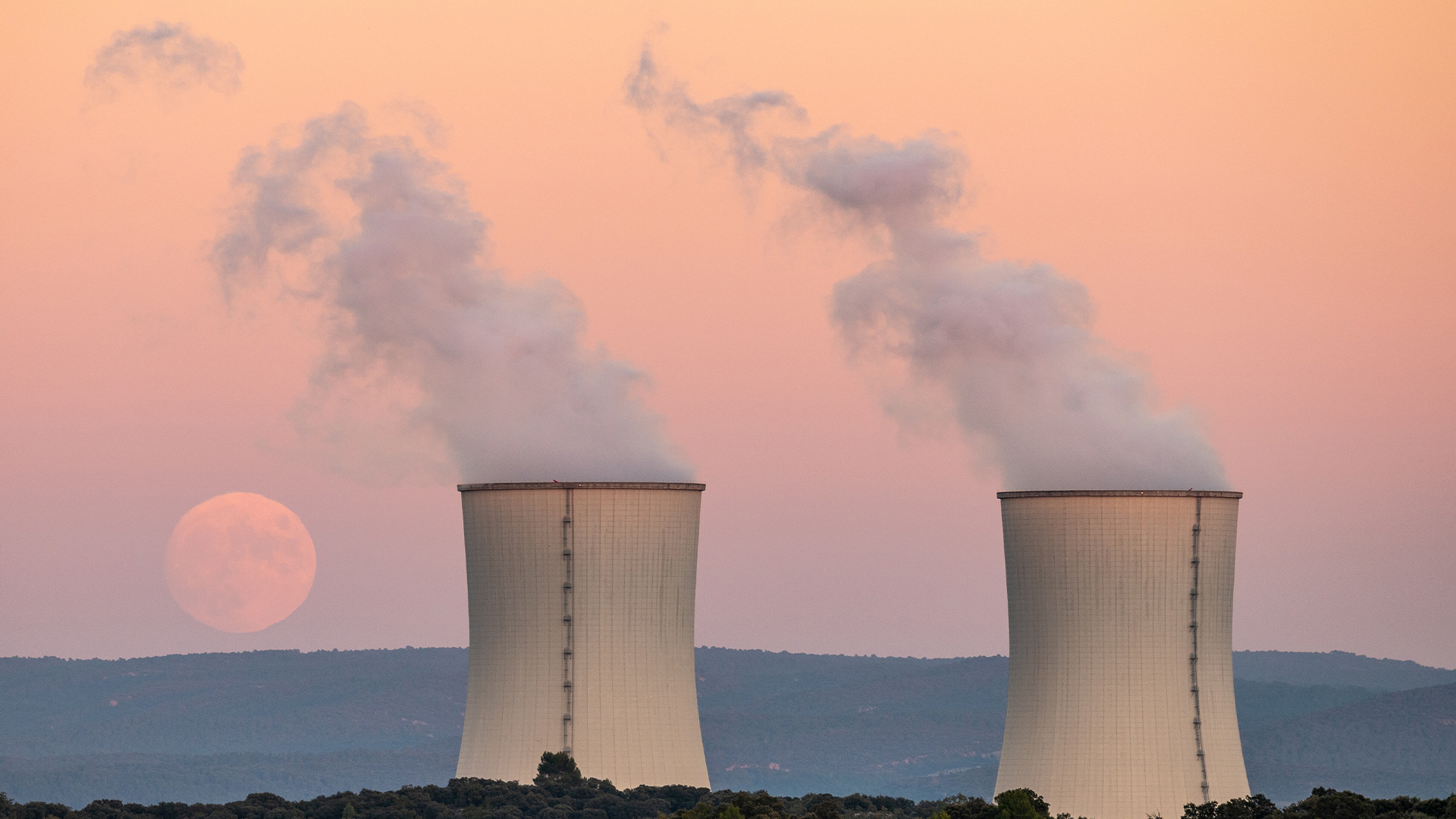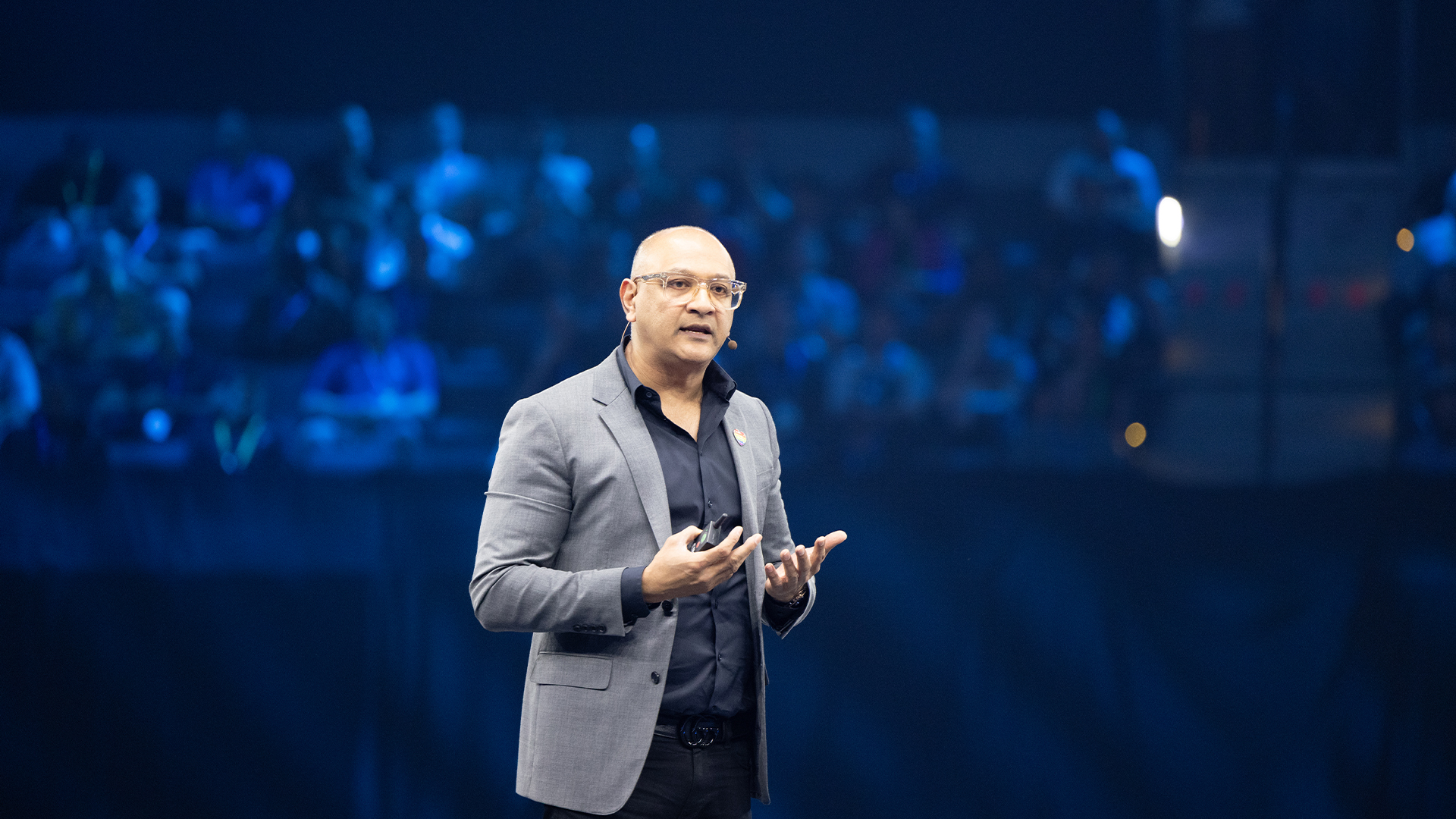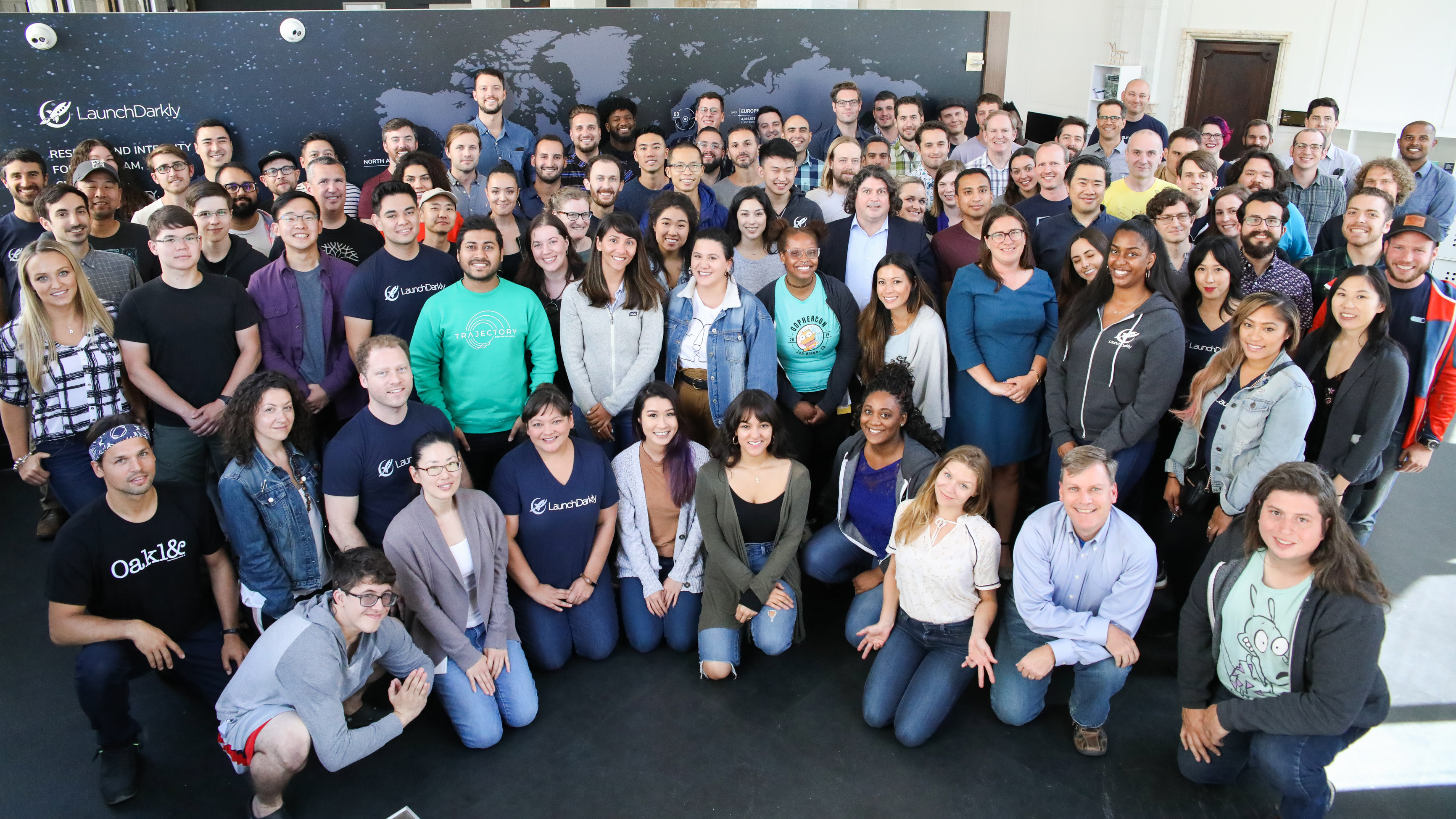Apple MacBook Air (11-inch, Late 2010) review
In the second part of our coverage of the new MacBook Air range, we take a look at the new 11in model. Is this sleek and small ultra-portable laptop worth its high price? Read our review to find out.
The 11in MacBook Air is an impressively slender, lightweight laptop with a large, comfortable keyboard, a bright screen and long battery life. If you can afford it, it’s a good choice if you want an ultra-portable laptop that’s more capable than a netbook. However, the 13in MacBook Air remains our favourite ultra-portable laptop. Although it’s more expensive and is a bit bigger and heavier, it has the benefit of a higher resolution screen, a bigger SSD, faster applications performance and dramatically longer battery life.
We suspect Apple has stuck with the older Core 2 Duo processors so it could continue to use Nvidia motherboard chipsets and the Nvidia GeForce 320M integrated graphics chip, which are more powerful than their Intel i3 and i5-compatible equivalents. Due to a legal dispute between Intel and Nvidia, there currently aren't any motherboard chipsets from Nvidia that work with the i3 and i5 processors.
The normally silent Air did become noisier when the cooling fan kicked in when the processor was running through our demanding benchmarks. The underside didn't become uncomfortably warm though, so it was still comfortable to use when placed on a lap.
We were pleased by the keyboard and touchpad. Most of the keys are large and give plenty of feedback when pressed, so typing for long periods is comfortable. The exceptions are the F keys which are very small, no doubt a compromise necessary due to the Air's small size. The keyboard isn't backlit like the keyboards on the MacBook Pro range, which will disappoint those who frequently work in dimly lit lecture halls and meeting rooms.
Although the touchpad isn't as large as the touchpads on other MacBooks, it's still very large, especially when compared to other ultra-portable laptops. It supports several multitouch gestures, although these work best under MacOS X and not Windows. The buttons are built into the pad itself, but it still feels accurate to use, even when dragging and dropping icons, which hasn't been the case with touchpads from other manufacturers that have built-in buttons.
Get the ITPro daily newsletter
Sign up today and you will receive a free copy of our Future Focus 2025 report - the leading guidance on AI, cybersecurity and other IT challenges as per 700+ senior executives
-
 Blackouts in Spain and Portugal could be a cyber attack
Blackouts in Spain and Portugal could be a cyber attackBoth countries are "paralyzed" by nationwide power outages
By Jane McCallion Published
-
 Cisco takes aim at AI security at RSAC with ServiceNow partnership
Cisco takes aim at AI security at RSAC with ServiceNow partnershipNews The companies claim Cisco AI Defense and ServiceNow SecOps will help address new challenges raised by AI
By Jane McCallion Published
-
 LaunchDarkly to "double down" on observability with Highlight acquisition
LaunchDarkly to "double down" on observability with Highlight acquisitionNews Highlight's observability tools will be integrated into LaunchDarkly's Guarded Releases software deployment service
By Daniel Todd Published